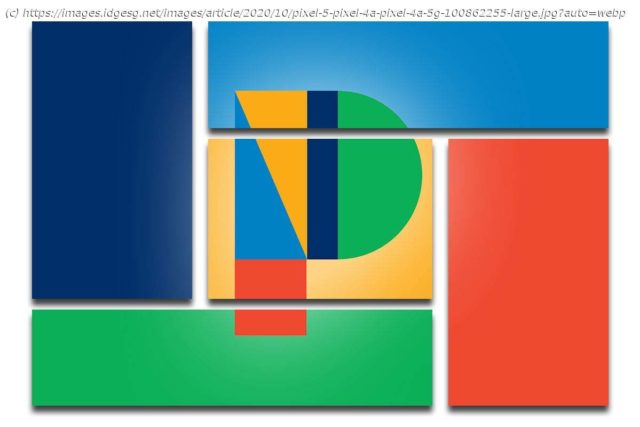There’s an awful lot to like about Google’s new Pixel 5a phone — and an awful lot to ponder about its bigger-picture significance.
After months of leaking, seeking, and geeking, Google’s latest and greatest Pixel phone is finally here. No, not that one. I’m talking about the Pixel 5a — or „Google Pixel 5a with 5G,“ if you want to use its comically awkward full name. (I, ahem, do not.) The Pixel 5a, as we’ll refer to it henceforth, made its way into the world via a fittingly low-key announcement earlier this week. The phone will start shipping in the U.S. and Japan a week from today, on August 26th. The Pixel 5a, in all of its understated glory. When you look at the Pixel 5a from a holistic all-around-experience and value perspective, it’s painfully clear that nothing else in this price range even comes close. And there’s not much negative to be said about the thing beyond the fact that it lacks some of the higher-priced niceties its flashier flagship-level cousins can offer. But you don’t need me to tell you all of that. This mossy ol‘ internoot of ours is filled with pages upon pages of thoughtful reviews. There’s not a heck of a lot more I can add to that discussion that hasn’t already been said. Instead, what I want to focus on here is the bigger-picture Pixel puzzle and a couple of thought-provoking questions the Pixel 5a raises about Google’s plans for the future. As we ponder the latest dizzying shift in what the Pixel brand represents and where it fits into the greater Android ecosystem, these questions will get us mulling over some important points about what’s next and where things go from here.
Start
United States
USA — software Pixel 5a and beyond: 2 big questions about Google's future Pixel plans






